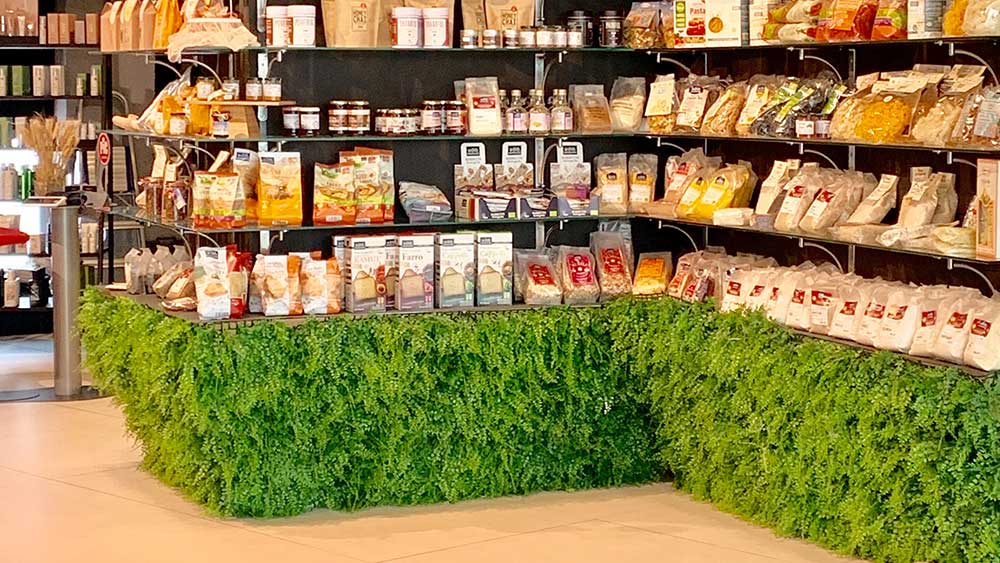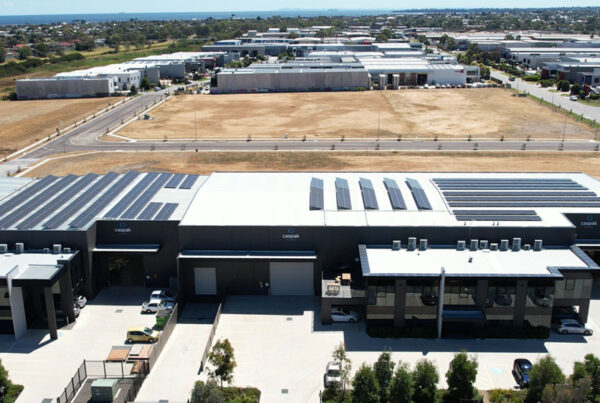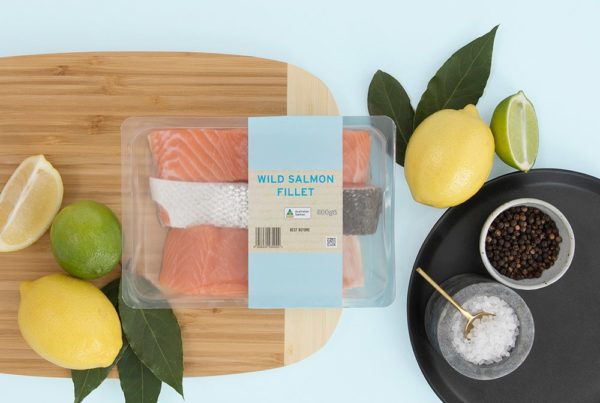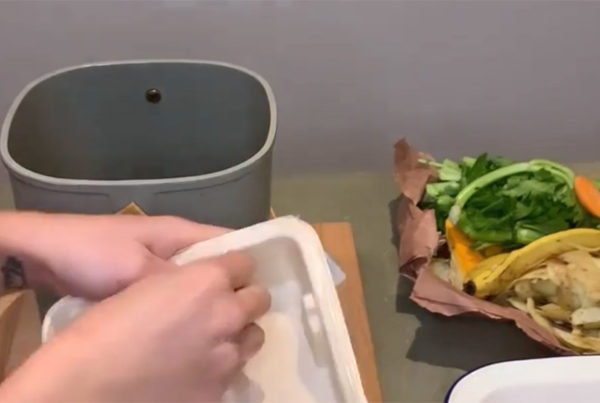
Remember when we all used to give the milk the sniff test before discarding it rather than checking the date on the container? Or when our parents used to tell us not to waste food because there are children starving in Africa?
How much food is wasted because we haven’t used it on time or stored it properly?
The estimated volume of this is around one-10th of the food bought, or the equivalent of $1000 a year of discarded food.
If a significant amount of the food waste occurs after purchase rather than in transit or production, how do we, as an industry help to prevent this?
It’s well documented that choosing appropriate packaging for the food it’s storing is essential.
The process for this is often long, difficult and costly. And the packaging has to meet the standards of the FSANZ that dictate that all foods, except for a few exceptions, must have a ‘best before’ or a ‘use by date’ indicated on the packaging. Although, it’s been suggested that the stringent guidelines on this are contributing to consumers throwing away food before it’s necessary.
This process is often shared by food and packaging manufacturers in collaboration. Testing to ensure that food can stay on the appropriate shelf (pantry, fridge or freezer) for a pre-determined period is thorough and extensive.
So, if manufacturers go to this level of effort, why does so much food waste occur after purchase?There isn’t one single answer to this but there is one solution that can help. By educating consumers on how to store food correctly, before and after opening the packaging, how to determine if food is spoiled, and how to plan meals around the food they have already purchased, we could reduce the amount of food that is discarded. This is another area that food and packaging manufacturers can collaborate.
By working together on the messaging that is included on the packaging, and how to maximise the space to educate consumers we can all work together to reduce the alarming impact that food waste has on climate change.
Even something as simple as including the amount of energy, water and other resources that have gone into the food and packaging production could be enough to make consumers stop and think before they simply throw good food in the bin.








